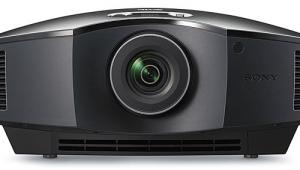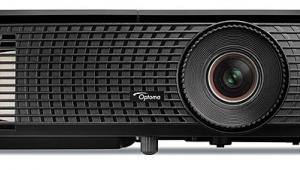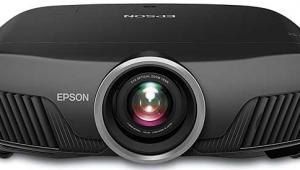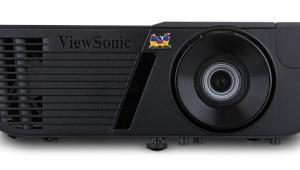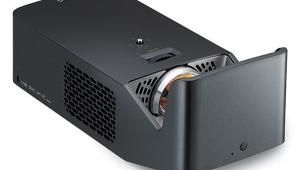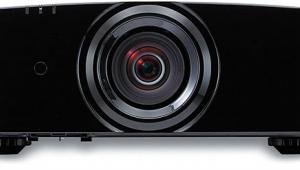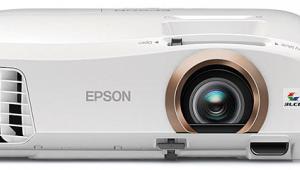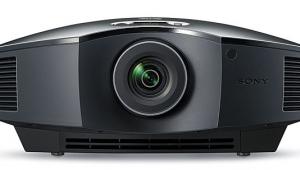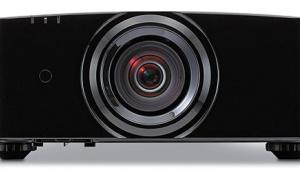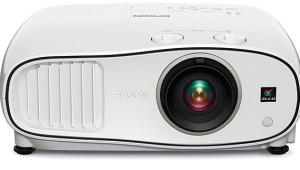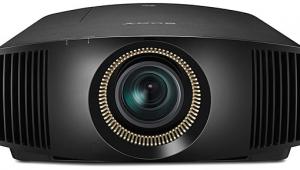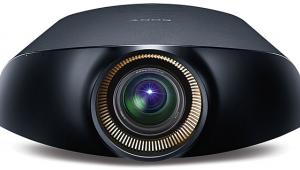Sony VPL-VW95ES 3D SXRD Projector Page 2
2D Performance
For this review, I viewed the VPL-VW95ES on my reference Stewart Studiotek 130 120-inch (diagonal), 16 x 9 screen (gain 1.3). All Blu-ray images were fed from an Oppo Digital BDP-95, and some DirecTV was also used.
Right off the bat, I was impressed by how easy it was to get an incredible playback experience from the projector. Most of the settings were right where they need to be out of the box, and after I chose the right presets, it delivered an image I normally wouldn’t expect until after a detailed calibration is performed. I was also impressed to find that Sony had located the 3D emitter for its glasses inside the body of the projector, near the lens. This eliminated the need to run a standalone emitter for 3D playback. It’s a nice touch I hope to see other companies implement on their 3D designs.
The VPL-VW95ES breezed through our video benchmark testing and earned top marks for both high and standard definition video testing. The projector showed no signs of clipping in the video signal, and the full 1920 x 1080 pixels were present. The Sony couldn’t keep up with some of the most difficult deinterlacing tests I had available, but it handled any common cadence with aplomb. If you use a variety of foreign video material that uses odd frame rates and cadences, you may want to consider using an outboard video processor or a Blu-ray/DVD player that handles the deinterlacing for you.
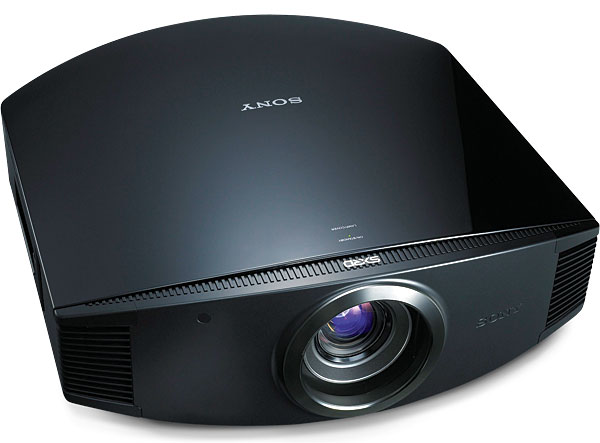
Since I have a rather large screen, I swapped between high and low lamp mode frequently, depending on the material viewed with the iris in Auto 1. High lamp mode delivered a peak of 18.3 foot-lamberts on my screen. Low lamp mode delivered about 12 ft-L, which is typically where I like my peak white level for normal viewing. I went through a wide variety of Blu-ray content during my time with the VPL-VW95ES. The highlight had to be the magnificent Blu-ray of Terrence Malick’s The Tree of Life. To say the visuals of this film are second to none would be an understatement. It was shot with a mix of Super 35 and 70mm cameras, and the Sony delivered it with some of the most spectacular, breathtaking, and exceptionally film-like HD images I’ve ever seen. The color rendition was outstanding and the depth afforded by the VPL-VW95ES, even on this 2D release, was incredible. This was an image that was easy to get lost in.
I went through my normal staple of test discs. I like to use the Blu-ray release of The International to test out fine detail, gamma, and shadow detail. I was really impressed by just how seamlessly the dynamic iris worked with the VPL-VW95ES. There is a great scene in this film that normally wreaks havoc on dynamic iris systems. The Sony showed no signs of struggle at all. For shadow detail and black levels, I thought I would try the Sony’s hand at a recent reference transfer, Harry Potter and the Deathly Hallows: Part 2. This is an extremely dark film filled with amazing depth and detail. Sony’s contrast performance seemed up to the task, though, with decent black level performance and exceptional shadow detail. Although I mentioned we measured a lower contrast ratio than expected from the Sony, test patterns aside, the contrast performance was in line with most projectors I’ve seen short of the high mark set by the upper line of JVCs. It really wasn’t until I tried out some real contrast torture tests like Aliens vs. Predator: Requiem that I started noticing the Sony lose ground in black levels compared with the best I’ve seen. Here, levels near the black floor showed the red cast I mentioned earlier. While that improved shadow detail slightly, it gave an impression of a raised black floor and not as much fine detail.
Animation was also a treat. Since the VPL-VW95ES uses a dynamic iris system, it tends to be a bit brighter than projectors with the same contrast performance that don’t. While I wasn’t a big fan of the overall story and execution of Pixar’s Cars 2, it does provide jaw-dropping imagery. The movie has a tremendous mix of dark and bright locales with dizzying color saturation and detail. The Sony delivered the images with aplomb.
3D Performance
Sony touted improvements in its 3D implementation this time around, but I never had the chance to use the previous VPL-VW90ES, so I am not sure how this one stacks up in comparison. My comments on the 3D side would be in comparison with my last 3D projector, the JVC DLA-X3 (which was recently replaced by the DLA-X30).
One of the biggest pluses for this year’s release is the inclusion of a pair of Sony’s 3D glasses. I’m used to having to fork over more money for an emitter and glasses, but Sony has included these this time around, making your jump into 3D that much easier. For 3D playback, I looked at a wide assortment of 3D material, including Pirates of the Caribbean: On Stranger Tides, Avatar, The Lion King, and Cars 2. The most immediate benefit I saw from the VPL-VW95ES was the brightness level. Compared with my previous JVC DLA-X3, the Sony delivered a much brighter image with more visual punch. The glasses worked without a hitch, and the 3D menus give you options so you can change the amount of time the shutters are open (allowing for brightness control) and for crosstalk. The out-of-the-box settings were ideal, and I rarely if ever saw any ghosting during my viewing time. I’m not a big fan of 3D playback—I just don’t find it that involving—but the Sony did a tremendous job with the material I looked at. When I reviewed the JVC X3, I noticed a fair amount of ghosting with Universal’s Despicable Me. While I still saw a faint amount of ghosting with this title, it was a tremendous improvement over the JVC. Unlike the JVC, Sony also allows you to use its Motion Flow settings during 3D playback. This provided smoother visuals with more definition, but it also came with the price of that soap opera look I despise.
Conclusion
While I was a bit disappointed with the focus and contrast performance of the VPL-VW95ES, that’s me: Most of my nitpicks come from being a bit of a videophile snob and probably won’t even be noticed by all but the pickiest viewer. To put it in better perspective, I found the VPL-VW95ES a solid value. The out-of-box calibration is second to none, and Sony’s outstanding dynamic iris implementation and built-in 3D emitter make this one of the best projector experiences I’ve had right out of the box. Once again, Sony delivers a home theater experience that is easier than ever to enjoy—and now at a price that is even easier to afford.
